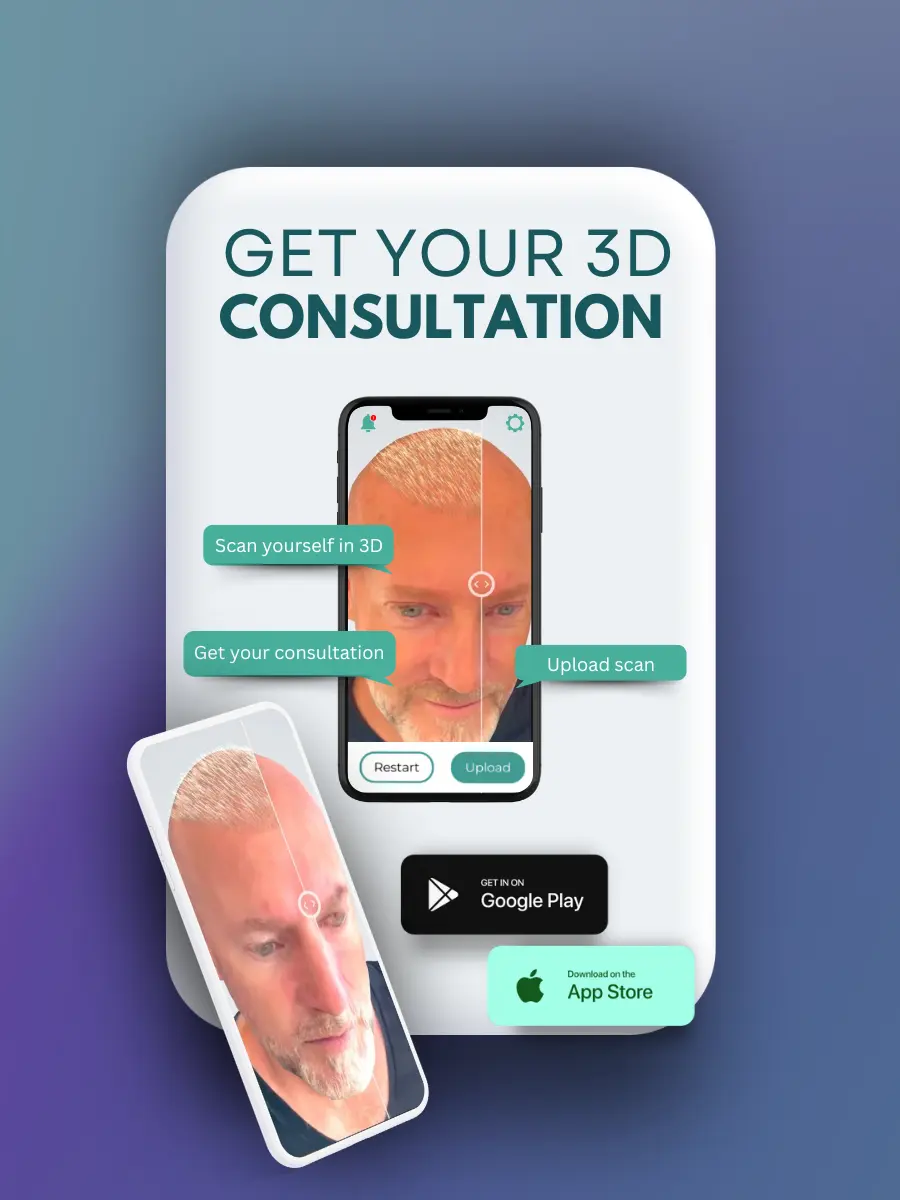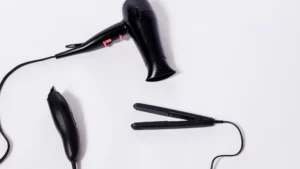Hair transplant technology innovation have significantly transformed the field, making procedures more effective, less invasive, and yielding better results. The year 2024 has seen remarkable advancements that promise to change the way hair transplants are perceived and performed.
My name is Emma Wright, your resident hair transplant and restoration specialist. Today, we will discuss hair transplant technology innovation and this article will explore the latest innovations, including robotic hair transplants, stem cell therapy, laser-assisted procedures, and minimally invasive methods.
These breakthroughs not only improve the precision and success rates of hair transplants but also enhance patient comfort and reduce recovery times.
What is Hair Transplant Technology?
Hair transplant technology refers to the medical procedures and techniques used to move hair follicles from one part of the body, typically the back or sides of the scalp (donor site), to the balding or thinning areas (recipient site). This process is designed to restore hair growth in areas affected by hair loss.
The technology encompasses various methods and tools that enhance the accuracy, efficiency, and results of the hair transplantation process, ensuring natural-looking outcomes and minimal discomfort for patients.

Exploring the Latest Breakthroughs and Innovations
Hair transplant technology innovation are not just about improving existing methods but also introducing groundbreaking techniques that redefine hair restoration. This section delves into the specifics of each new advancement, highlighting their unique benefits and how they are revolutionizing the field.
-
Robotic Hair Transplants
Hair transplant technology innovation in 2024 includes the integration of artificial intelligence (AI) and robotics. Robotic hair transplants are now a game-changer, offering unprecedented precision and efficiency.
These systems use advanced algorithms to identify the best donor follicles and determine the optimal placement sites on the scalp. This technology minimizes human error, ensuring consistent and natural-looking results.
The robotic systems are equipped with high-definition cameras and 3D imaging capabilities, allowing for detailed mapping of the scalp. This level of precision was previously unattainable with manual techniques.
Moreover, AI algorithms continually learn and improve from each procedure, enhancing their effectiveness over time. Patients can expect faster procedures, reduced discomfort, and quicker recovery times. The integration of robotics in hair transplants represents a significant leap forward in achieving perfect hair restoration results.
When considering robotic hair transplants, it is crucial to understand the cost of hair transplant procedures, as advanced technologies might come with varying price points.
-
Stem Cell Therapy
Stem cell therapy is another groundbreaking innovation in hair transplant technology. Emerging techniques using stem cells for hair regeneration have shown promising results.
Stem cells have the unique ability to develop into various cell types, making them ideal for regenerative medicine. In hair transplants, stem cells are harvested from the patient’s own body, processed, and then injected into the scalp to stimulate hair growth.
Hair transplant technology innovation involving stem cells focuses on enhancing the body’s natural ability to regenerate hair follicles. These procedures not only promote hair growth but also improve the health and thickness of existing hair. Stem cell therapy is less invasive than traditional hair transplant methods and offers a quicker recovery time.
As research continues, the potential for stem cell therapy to revolutionize hair restoration is immense. This technique could eventually provide a permanent solution for hair loss, reducing the need for repeated procedures.
It’s important to be aware of myths and misconceptions about hair transplants, especially when considering cutting-edge treatments like stem cell therapy. This knowledge can help manage expectations and ensure a smooth process.
-
Laser-Assisted Procedures
Laser-assisted procedures are at the forefront of hair transplant technology innovation. Lasers are now being used to improve the precision and effectiveness of hair transplants. These procedures involve the use of laser technology to create tiny, precise incisions in the scalp, allowing for the accurate placement of hair follicles.
The benefits of laser-assisted hair transplants are numerous. Lasers minimize damage to surrounding tissues, reduce bleeding, and promote faster healing. Patients experience less pain and a shorter recovery period compared to traditional methods.
Understanding things to avoid after hair transplant is critical, especially with advanced methods like laser-assisted procedures, to ensure optimal healing and results.
Advancements in laser technology have also led to the development of laser hair growth treatments. These treatments use low-level laser therapy (LLLT) to stimulate hair follicles and promote hair growth. Combining laser-assisted transplants with LLLT can enhance the overall effectiveness of hair restoration procedures.
Additionally, the precision of lasers ensures that the transplanted hair follicles are placed at the correct depth and angle, resulting in a more natural appearance.
-
Minimally Invasive Methods
Minimally invasive methods are another key focus of hair transplant technology innovation. These new methods aim to reduce recovery time and scarring, making hair transplants more appealing to a broader audience. Techniques such as follicular unit extraction (FUE) and direct hair implantation (DHI) have become increasingly popular.
FUE involves the extraction of individual hair follicles from the donor area, which are then transplanted to the recipient area. This method leaves minimal scarring and allows for a quicker recovery compared to traditional strip harvesting techniques. DHI, on the other hand, involves the direct implantation of hair follicles without the need for creating incisions. This method is highly precise and reduces trauma to the scalp.
Innovations in these techniques have focused on improving the instruments used, enhancing the precision of follicle extraction and implantation, and developing better anesthesia methods to ensure patient comfort. The result is a less invasive procedure with excellent results and minimal downtime.
Proper hair transplant aftercare is essential to maintain the benefits of these minimally invasive methods and ensure the longevity of the results.
Conclusion
Hair transplant technology innovation continues to push the boundaries of what is possible in hair restoration. The advancements in robotic hair transplants, stem cell therapy, laser-assisted procedures, and minimally invasive methods are revolutionizing the field.
These technologies offer improved precision, reduced recovery times, and more natural-looking results, making hair transplants a viable option for more people than ever before.
As we look to the future, the potential for further advancements in hair transplant technology is immense. Ongoing research and development will likely lead to even more effective and less invasive procedures.
Patients can expect continued improvements in the precision and success rates of hair transplants, as well as enhanced comfort and reduced recovery times.
For those considering a hair transplant, it is essential to stay informed about the latest innovations and questions to ask during hair transplant consultations.
Understanding the cost of hair transplant, the myths and misconceptions about hair transplant, and things to avoid after hair transplant can help ensure a successful and satisfying experience. Proper hair transplant aftercare is also crucial for achieving the best results and maintaining the health of the transplanted hair.














